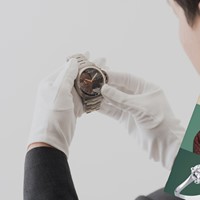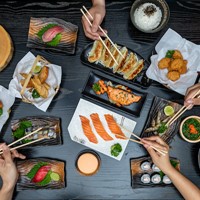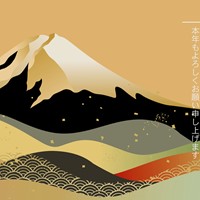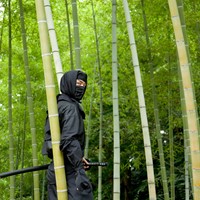The Enduring Allure of Rakugo: Japanese Storytelling Evolved
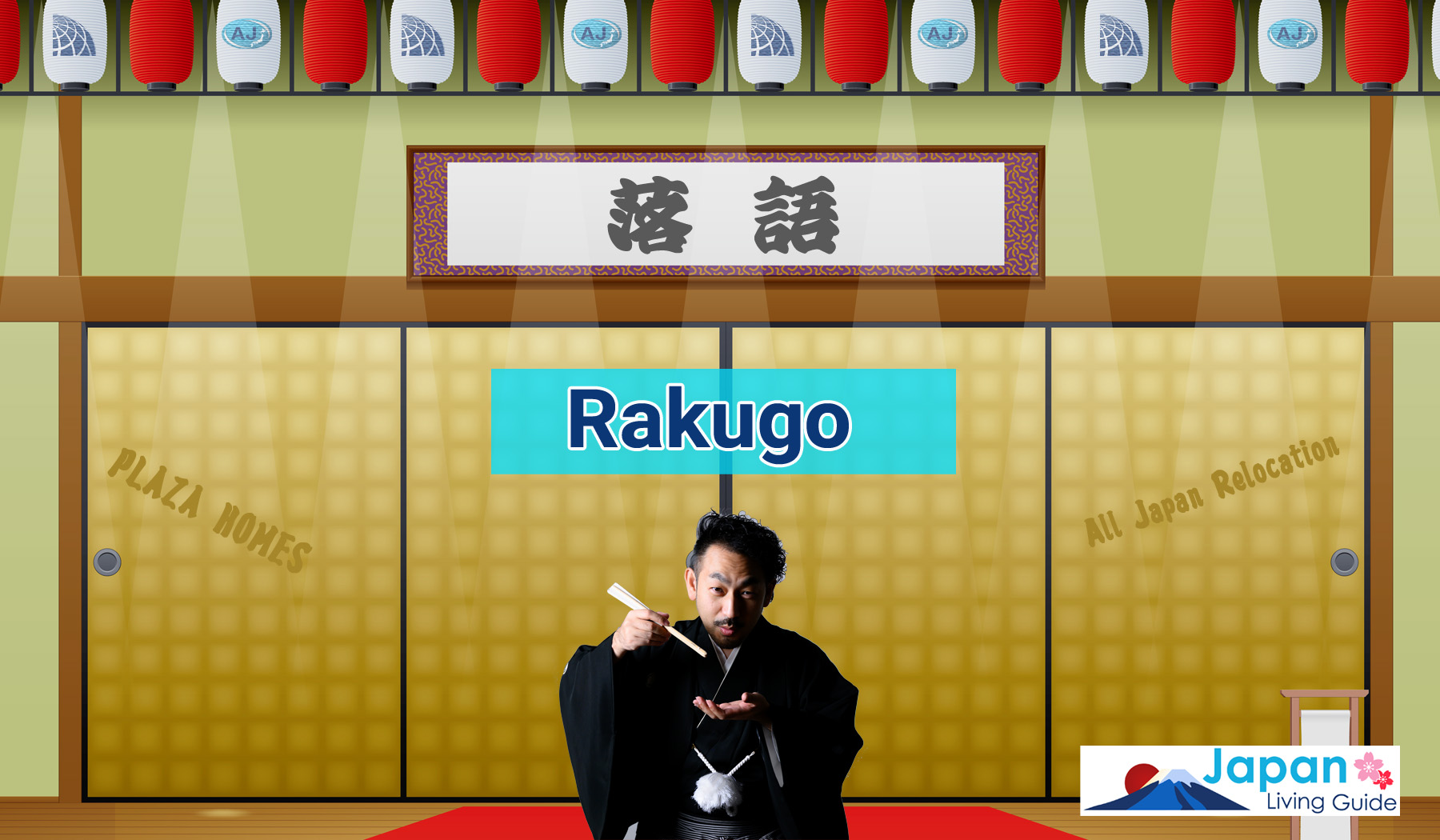
Japan boasts a rich variety of traditional performance arts, from the dramatic flair of Kabuki to the simplicity of Noh. Another form of storytelling, Rakugo, adds a comedic twist to this mix. Rakugo has been a strictly defined genre since the Edo Period and has maintained its rules throughout the generations. Attending a Rakugo performance without any prior knowledge can be daunting. Hence, this guide aims to provide you with a better understanding of Rakugo and how to appreciate it in the modern era.
What is Rakugo?

Rakugo can seem simple at first, as there is only one performer on stage, and they stay kneeling in seiza-style for the entire performance. This one performer takes on all the roles in the performance and dialogue, showing great mastery of different mannerisms, speaking styles, and gestures to portray other characters. The performer is limited to using only a small cloth and a fan as props to convey the entire story, which requires impressive showmanship skills.
However, rakugo is more than just storytelling; it is also comedy. All rakugo performances must have a punchline, or a twist at the end, to surprise and entertain the audience. Rakugo must also be in a traditional Japanese theater designed for various traditional performing arts.
Rakugo Can Be Part of a Unique Theater Experience
A yose, or traditional Japanese theater, is often used for various performing arts, and a rakugo performance is usually just one part of the show. Other arrangements can include other storytelling performances, manzai comedy, kyokugei, a form of Japanese acrobatics, and more. If you're looking for a rakugo theater experience in Tokyo, there are four yose venues where you can enjoy performances.
These include:
Asakusa Entertainment Hall
1-43-12 Asakusa, Taito-ku, Tokyo
Ikebukuro Entertainment Hall
1-23-1 Nishi Ikebukuro, Toshima-ku, Tokyo
Suzumoto Entertainment Hall
2-7-12 Ueno, Taito-ku, Tokyo
Shinjuku Suehirotei
3-6-12 Shinjuku, Shinjuku-ku, Tokyo
History of Rakugo: Traditional Japanese Storytelling
Birth of Rakugo
Rakugo originated in the Heian Period. Monks collected stories to make their sermons more captivating and engaging, ensuring the interest of their listeners. This loose form of storytelling continued throughout the Sengoku Period as daimyo requested monks to teach them about literature and conversation.
However, the current form of rakugo only emerged in the Edo Period. During this time, rakugo became a common form of entertainment, and the rules and restrictions around the genre started to take shape.
At one point, the popularity of rakugo declined, but this was only temporary. In the 18th Century, it experienced a resurgence and became more structured. Organizations were established, collections of rakugo stories were written, and performing groups emerged to entertain audiences.
Rakugo Today
Modern rakugo continues in a very similar way to that of the Edo Period. The rules during this period continue into the modern day, especially those surrounding the actual performance. There are five leading rakugo associations with around 850 performers nationwide.
Out of these performers, 30 of them are women. At first, this may seem like a small number, but it is pretty impressive when you consider that the first female rakugo performer only gained prominence in the early 90s. This increased accessibility is helping to revive the popularity of this traditional art.
Rakugo in English
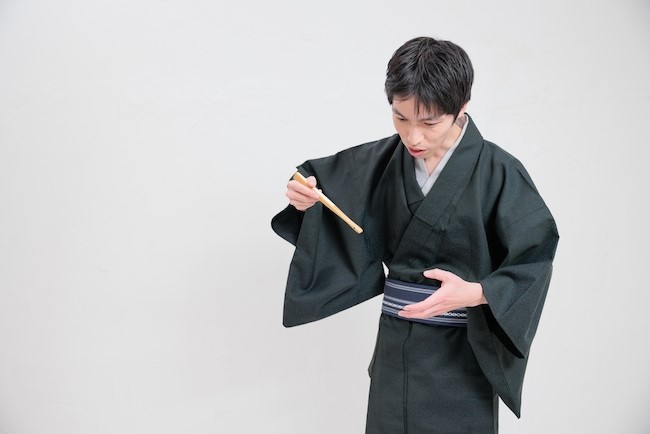
Rakugo is a quintessentially Japanese performing art, making it difficult for English speakers to enjoy it fully. However, an English Rakugo Association now provides rakugo performances in English. This association has performed at embassies and other cultural exchange events to share this traditional art.
Many rakugo performers, such as Diane Kichijitsu, Katsura Kaishi, and Shinoharu Tatekawa, can now perform in English. These performers have helped increase the popularity of rakugo among an international audience.
Popular Rakugo Programs in Japan
Rakugo's popularity in modern times has been boosted by improved accessibility and more language options. However, the biggest contributing factor has been broadcasting rakugo performances on television. These shows feature both traditional arrangements and adaptations of rakugo-based shows.
Shōten
A TV show called Shoten offers a condensed version of rakugo. The show features a host who poses questions to several rakugo performers. The catch is that the answers must be in rakugo format and be witty or amusing. The winner of each round is rewarded with an extra cushion. Although only partially true to traditional rakugo, the show is a great introduction to new audiences.
Showa Genroku Rakugo Shinju
There has also been a recent anime called Showa Genroku Rakugo Shinju, which explores rakugo and the stories of the performers, as well as a Netflix drama called Tiger and Dragon, which looks at modern rakugo through a comedic and quirky point-of-view.
Rakugo Takes to YouTube
In the last few years, some traditional rakugo performers started streaming or uploading performances to YouTube while they couldn't perform in person due to Covid19. This unique situation created new ways to interact with rakugo as an audience. Modern forms of entertainment have helped to increase interest in the traditional form of entertainment of rakugo.
Rakugo: Preserving a Classic Art in the Modern World
Rakugo, a distinctive and cherished form of Japanese storytelling, has withstood the test of time and continues to captivate audiences today. Even without props, movement, and multiple actors, the performer can still captivate an audience and portray an exciting and comedic story with an effective punchline.
Embracing the traditional roots and adapting to modern platforms, Rakugo remains a vital part of Japan's cultural heritage. As more performers share their talents in various languages and through diverse media, the enchanting world of Rakugo becomes accessible to a global audience through English adaptations. By celebrating this timeless art form, we can ensure that Rakugo will continue entertaining and inspiring future generations. Now go out and experience the wonders of rakugo for yourself!
Like what you read? Find more content on fun and interesting aspects of Japanese culture on our blog page!

